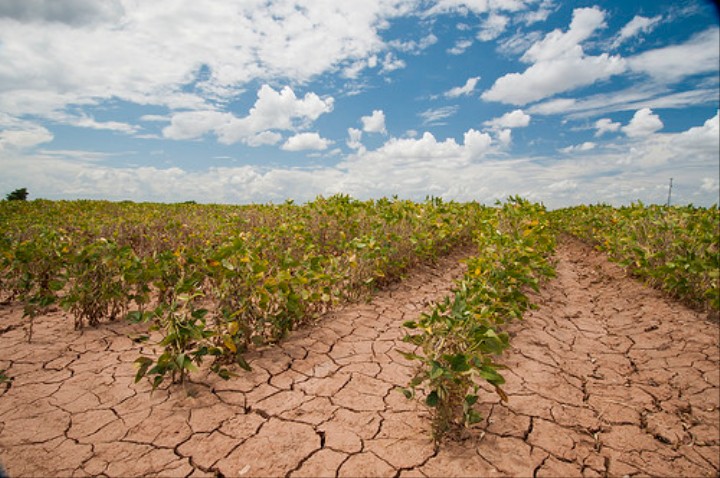Efficient Agronomy
"Food is the mother of all sustainability challenges."
"We can't get below two degrees without major changes to this system."
Janet Ranganathan, vice-president, World Resources Institute
"We wanted to avoid relying on magic asterisks."
"We could imagine a significant shift from beef to chicken, and that by itself goes a long way [since poultry production has a far lesser impact on the climate as opposed to beef production]."
Timothy D. Searchinger, researcher, Princeton University, New Jersey
"In the past, we've often seen agricultural policies and conservation policies moving in parallel without a lot of interaction."
"The big challenge is to link the two, so that we get more intensive farming without using more land."
Linus Blomqvist, director, Breakthrough Institute, California
 |
| We’re not managing our crops to support global nutritional needs: In fact, we use a disproportionate amount of land used to grow grains, fats, oils, and sugar, and not enough land to grow the fruits and vegetables that we need to survive Motherboard |
A new study by the World Resources Institute, an environmental group in Washington, concluded that if meaningful progress on climate change is to be achieved agriculture will have to change. Radically different, more efficient farming and cultivation will have to be part of the picture as well as demands for cleaner operating vehicles and factories. Wheat fields and cattle will have to be part of the picture. Both to feed a larger world population and to deal with the reality of climate change.
The world's agricultural system, warns the report, requires dramatic alternation in the coming decades before a climate catastrophe is triggered. Agriculture occupies about 40 percent of the world's land, is responsible for roughly a quarter of humanity's greenhouse gas emissions at the present time. By 2050 it is anticipated that the world population will grow to ten billion from its current 7.2 billion, leading to more people eating more meat with its concomitant environmental impact.
The report's authors state world agricultural production would require a 45 percent increase in calories in 2050 as compared to 2010. Farmers and ranchers, they suggest, clearing more forests and using other ecosystems for cropland and pasture would transform an area twice the size of India to meet that growing demand if they proceed as has traditionally been the response to a growing need to produce more foodstuffs.

Doing so would make it impossibly difficult to remain below 2 degrees Celsius of global warming, the target agreed as an international goal. When forests are cleared, there is a release of carbon they have stored in trees, and that release results in atmospheric change. Most agree that consumers for their own health and the health of the environment should turn to consuming more vegetables and less meat, and waste less food already available.
The recommendation is to cut meat consumption to 1.5 servings a week of beef and lamb, the two meat types typically involving large environmental footprints. Broad strategies to grow more food on existing agricultural land while cutting emissions is the goal, requiring a major shift in farming techniques worldwide, along with technological advances; new chemical compounds to help prevent nitrogen fertilizer produce nitrous oxide, a greenhouse gas, as an example.
Feed additives where cattle burp up less methane -- a recognized contributor to global warming -- is being explored by scientists. Strategies meant to improve productivity of existing croplands and pastures, paired with more rigorous conservation policies in protection of existing forests in Brazil and sub-Saharan Africa, represents yet another vision for the future, as an example.

Labels: Agriculture, Climate Change, Recommendations, Research

<< Home